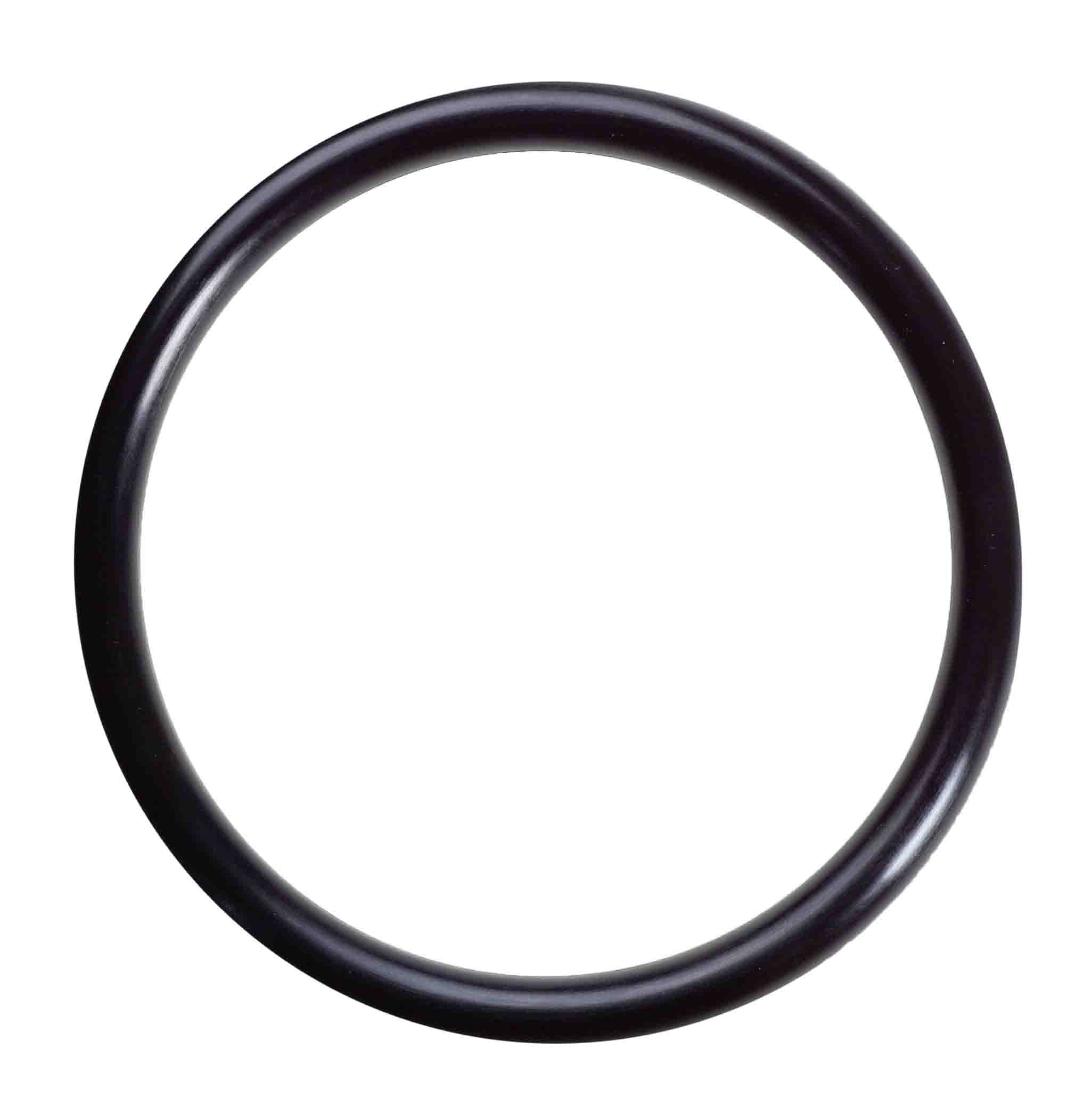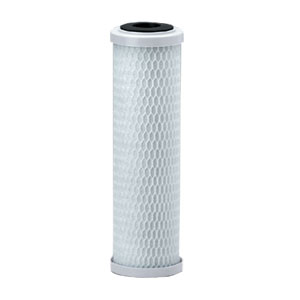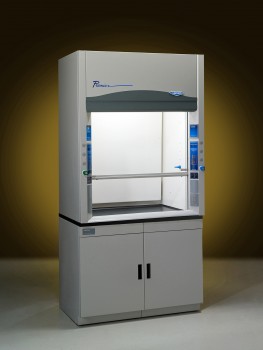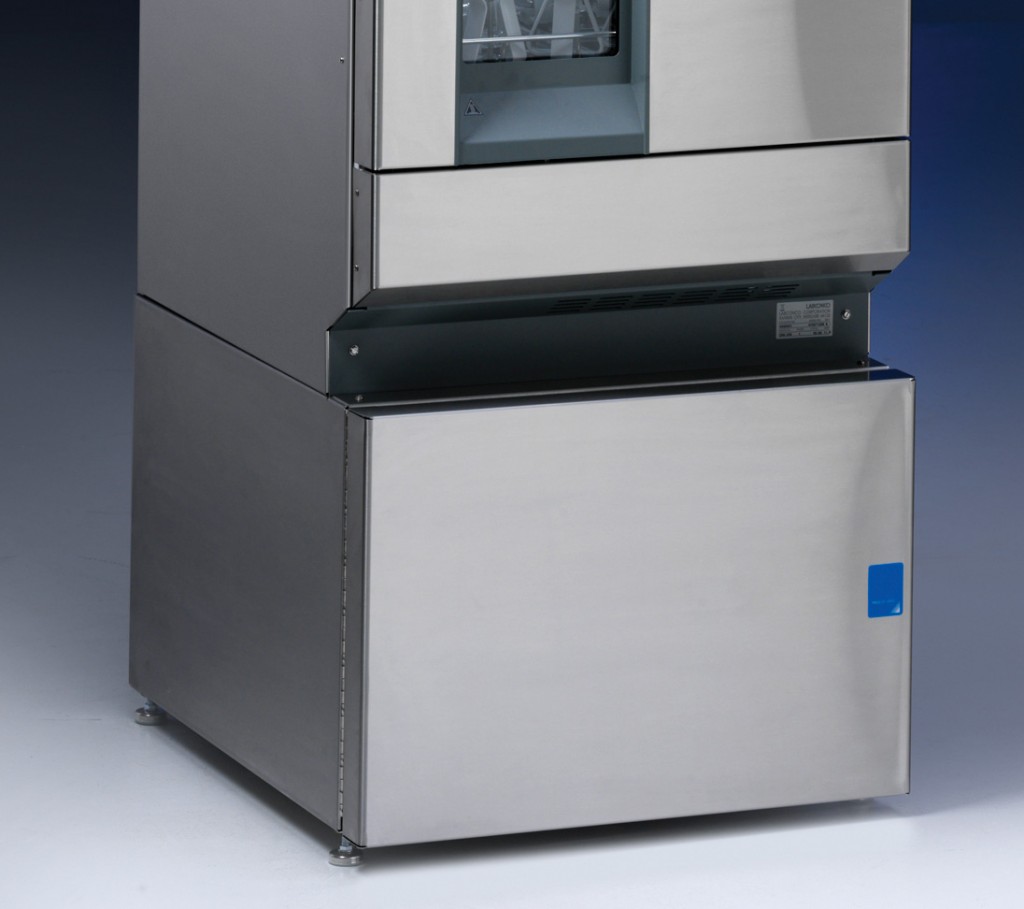More Info about Reverse Osmosis Systems

Many water companies have been heard talking about their Reverse Osmosis water systems and how great they are because they have 4 stages, or 5 stages or even 6 stages.
What are these stages and do they really matter?
A Reverse Osmosis system usually comes with the Reverse Osmosis membrane, pretreatment and post treatment. These are all stages. Lets look at a typical R.O. system.
Water enters the membrane and some of the water is pushed through the membrane (paper with tiny holes) while the rest of the water is flowed over the surface of the membrane to clean it and then is sent to drain.
R.O. Membranes fail because they either plug (with calcium carbonate or dirt) or they open up (chlorine eats the holes and makes them bigger.).
The vast majority of STAGES are meant to protect the membrane and extend its life. Most stages have nothing to do with how pure the water is at the other end.
R.O. systems usually contain
Activated Carbon
This removes chlorine and oils from the water so the membrane does not plug with oils and it removes chlorine which will eat the pores on the membrane, increasing flow rate and passing more contamination through the larger holes.
Particulate Filter
The RO membrane is actually the thing doing all the work. Basically an R.O. membrane is a rolled up piece of paper with very tiny holes in it. A prefilter is a sediment filter that removes most of the particulates at the rated pore size. We recommend a 1 micron filter in front of all Reverse Osmosis systems. To put in into perspective, the diameter of the human hair is about 50 microns.
Antiscalant
Some RO systems use polyphosphate filters to try and eliminate calcium carbonate scale on the membrane surface. This would be similar to calgon bath beads ground up in a filter. These filters are usually are not necessary because you will end out spending more money protecting the membrane then the membrane costs to begin with.
For pretreatment all you really need in a particulate filter and a carbon filter to protect the membrane. You can plan on changing the RO Membrane once a year or once every other year depending on many factors.
Post Treatment
The water coming out the RO membrane is actually quite good and requires no other treatment. The problem is that in order to be able to deliver a higher flow rate, Most RO systems use a storage device. The most used storage device is a water bladder. These are actually rubber balloons that store water and push it out to you faucet when needed. The material that the balloon is made of can leave a rubbery taste to the water. To fix this, another activated carbon after the bladder to remove this foul taste.
Conclusion
In essence, most R.O. systems have three stages no matter how many filters they keep adding. You need pretreatment, Reverse Osmosis and post treatment. Extra filters mean extra operating cost. Extra stages most likely offer no advantage when looking at product quality and rarely help the R.O. membrane to last longer without it costing more for the filters then to simply change the membrane.
Reverse Osmosis SystemsStorage TanksWater SoftenersIron FiltersAbout Reverse Osmosis Systems












